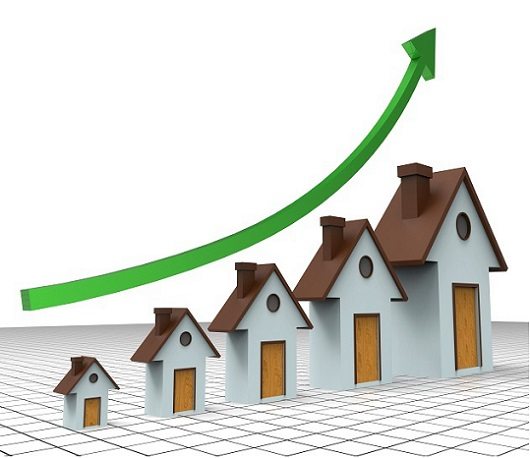The average residential property now costs 7.6 times average annual earnings, new figures show.
Residential property prices in England and Wales have increased by a staggering 259% over the past 20 years, fresh figures have revealed.
According to the Office for National Statistics (ONS), the sharp increase in prices dating back to 1997 compared to a 68% rise in average earnings in the corresponding period, making homes in the country the least affordable they have ever been at 7.6 times average annual earnings, compared to 3.6 times earnings in 1997.
The statistics are stark, but sadly not shocking, according to Richard Connolly, CEO of Rentplus.

He commented: “We all know that we don’t build enough homes, many are unaffordable and the dream of homeownership is beyond the reach of many ordinary working families.
“That said, on seeing the findings that housing affordability has worsened in every local authority and that the average property price has increased by 259% from 1997-2016, many people will think the only way of getting on the housing ladder is in a time machine.
“However, we must be realistic and recognise that we need to fix our broken housing market.”
Connolly commended the government for recognising the scale of the housing crisis and in February’s housing white paper they charted what he described as a “pragmatic route” for boosting housebuilding and bringing more affordable homes on to the market.
He added: “They have said all developments must contain a mix of innovative affordable tenures that enable people, regardless of circumstance, to get on the property ladder. This includes options, such as affordable rent-to-buy, which give families the security of a long-term affordable rented home along with the opportunity to buy it in the future when they can afford to do so.
“These pioneering solutions must become the new norm and in time we will see more homes built, more families able to fulfil their aspirations and hopefully bring the market back to reality.”
The increase in property values has led to a sharp decline in homeownership levels, down from 71% in 2003 to 62.9% last year, while also fuelling a rise in private renting, particularly in London where house prices have risen the fastest.
Andy Sommerville, director at Search Acumen, said: “Evidently, the 21st century has seen homeownership pushed far into the distance for many young professionals but we are now in danger of Generation Rent encompassing house hunters of all ages.
“The huge gap between earnings and affordability is extremely worrying. Prospective buyers are more stretched to buy property in every single local authority than they were before the turn of the millennium. It is not simply the fault of wages, it is down to the gaping hole between demand and supply in our property market.”
Multiple of average earnings required to buy a home in the London borough of Kensington and Chelsea is now 38.5 time higher than annual earning – more than any other part of the country.
The most affordable local authority in 2016 was Copeland, with home prices being on average 2.8 times greater than annual earnings.
Roger Harding, Shelter’s director of communications, policy and campaigns, described these figures as yet “another nail in the coffin” for the current housebuilding system, which has failed an entire generation.
He said: “In the last two decades, house prices have been growing nearly four times faster than average wages, because our broken system of building homes benefits land traders and developers rather than families.
“A major reason for this is the eye-watering cost of land, which means developers build fewer affordable homes in order to make their money back.”